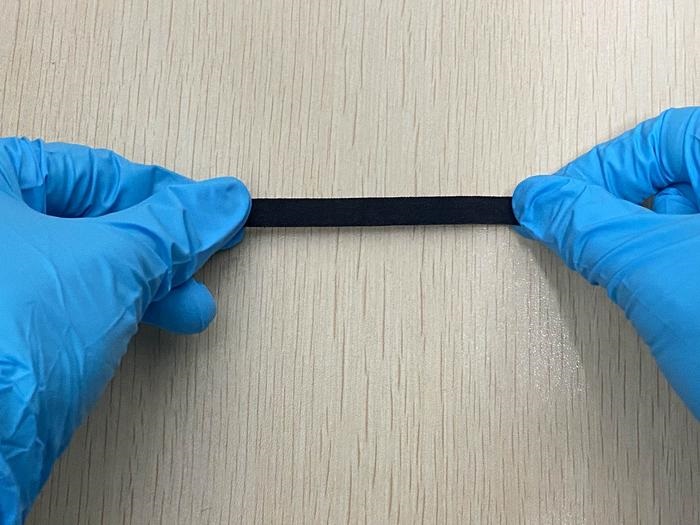Time: 2024-08-18
The field of wearable electronic devices holds immense potential in transforming various applications , including Health Monitoring and entertainment . However , the adoption of these devices by consumers has been limited due to several factors . Rigid batteries that require frequent recharges make the devices uncomfortable and inconvenient to wear . Additionally , managing multiple devices for different functions can be cumbersome and not necessarily stylish .

The team of researchers began by treating nylon fabric with polydopamine to make it conductive , then coating it with MXene to create a thin , conductive layer . This fabric can generate electricity by harnessing temperature differences between its sides . The thermoelectric effect allows the fabric to produce electrical voltage when one side is hotter than the other . This voltage can be captured to power sensors in clothing . The researchers successfully created a smart face mask that can monitor the wearer 's breathing rate and exhaled air temperature , aiding in virus detection.
The integration of printed sensors into smart fabrics offers continuous data collection capabilities for health monitoring . Researchers at the University of Waterloo have developed a smart fabric that can convert body heat and solar energy into electricity , enabling continuous operation without external power sources . This fabric can incorporate various sensors to monitor temperature , stress , and other parameters . The potential applications of this technology include smart face masks for monitoring health conditions such as viral infections and lung cancer.
The smart fabric developed by the University of Waterloo researchers offers improved stability , durability , and cost - effectiveness compared to traditional wearable technology . It has the capability to monitor temperature fluctuations , pressure , chemical composition , and more . The research team is working on integrating the fabric with electronic systems to develop a smartphone app for real - time health monitoring . This innovation aims to bring practical applications for smart fabrics closer to reality and revolutionize the field of wearable technology.
In conclusion , the intersection of e - textiles and energy harvesting holds great promise for the future of wearable technology . The development of smart fabrics that can generate electricity and monitor various health parameters opens up new possibilities for continuous health monitoring and personalized care . As researchers continue to innovate in this field , we can expect to see more advanced and practical applications of e - textiles in the near future.